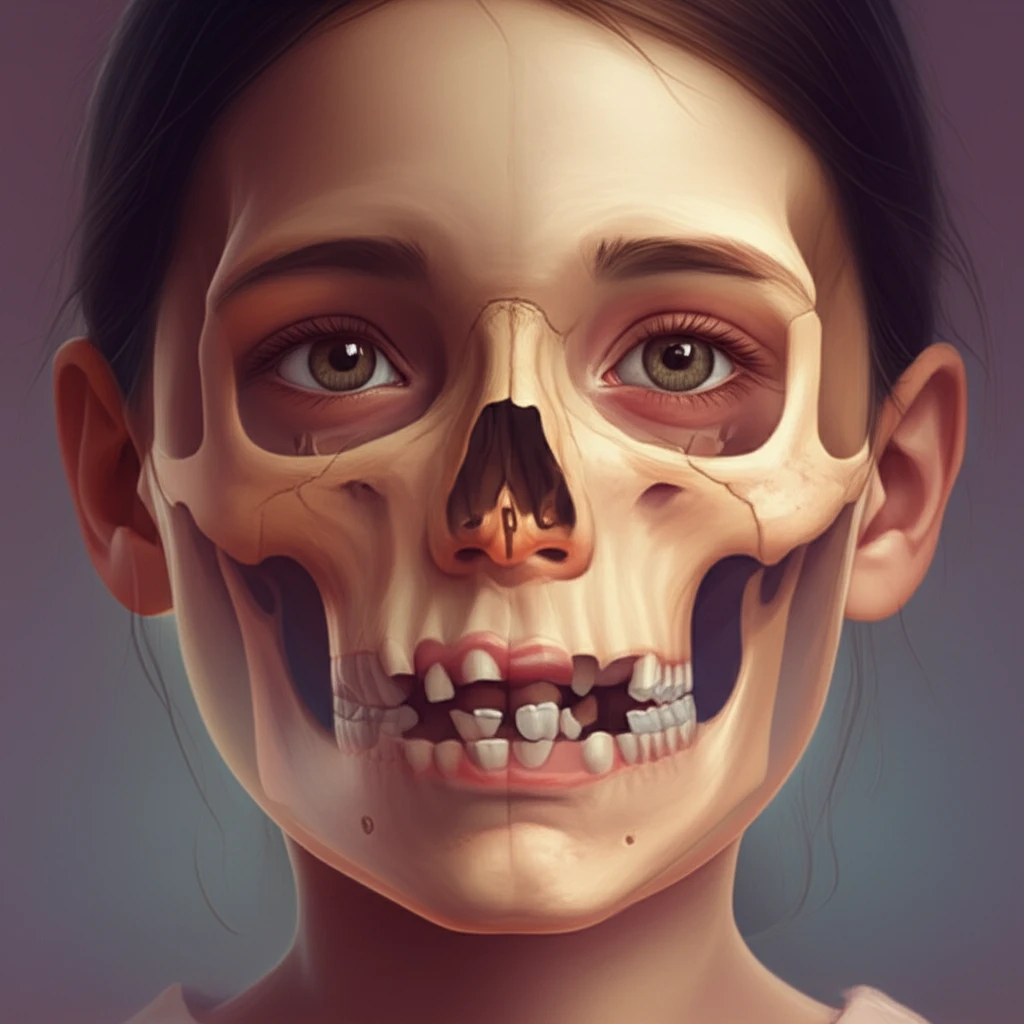
Decoding Your Child's Smile: How Cranial Structure Impacts Early Malocclusion
"Understanding the link between cranial base development and teeth alignment can help parents make informed decisions about their child's orthodontic health."
A beautiful, healthy smile is more than just aesthetically pleasing; it's a cornerstone of confidence and well-being. For parents, ensuring their child's dental health is a top priority. However, sometimes, despite best efforts, teeth can grow in misaligned, leading to what dentists call malocclusion.
While genetics and habits like thumb-sucking often get the blame, emerging research suggests a surprising culprit: the cranial base. This bony foundation of the skull plays a vital role in the development of the face and jaw, and its unique characteristics can significantly impact how teeth align.
This article will explore the fascinating connection between the cranial base and early malocclusion (specifically Angle's Class II Division 1) in children. We will break down complex research into easy-to-understand insights, arming you with the knowledge to proactively address your child's orthodontic needs.
What Exactly is the Cranial Base and Why Does It Matter for Teeth?

Think of the cranial base as the blueprint upon which your child's face is built. It's the foundation that supports the brain and provides attachment points for facial muscles and bones, including the jaw. The size, shape, and angles within this structure influence the growth and position of the maxilla (upper jaw) and mandible (lower jaw).
- Crowding: Not enough space for all teeth to erupt properly.
- Overbite: Upper teeth excessively overlap the lower teeth.
- Overjet: Upper teeth protrude significantly beyond the lower teeth.
- Open Bite: A gap exists between the upper and lower teeth when the mouth is closed.
- Crossbite: Some upper teeth sit inside the lower teeth.
Taking Charge of Your Child's Smile: What You Can Do
While the influence of the cranial base might sound daunting, remember that early detection and intervention can make a significant difference. Regular dental checkups are crucial, allowing your dentist to monitor your child's jaw and teeth development. If concerns arise, a referral to an orthodontist for a comprehensive evaluation is the next step. Orthodontic treatment, such as braces or other appliances, can help guide teeth into proper alignment, improving both function and aesthetics.
